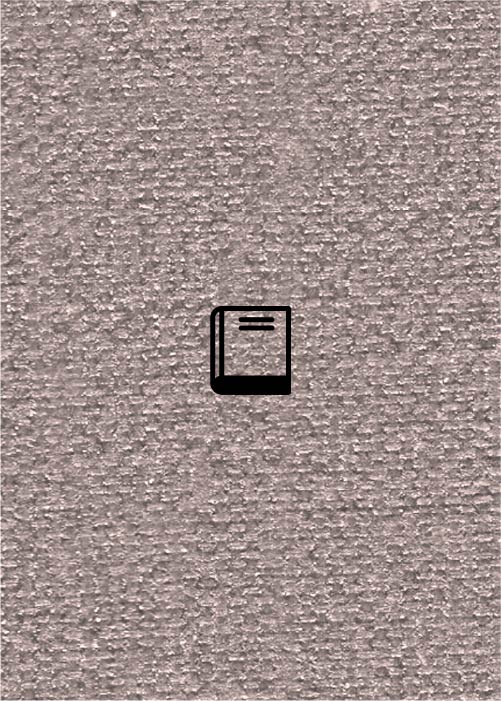Hebrew Union College Annual
The Kol Nidre Tune
1931-2 This is one of Idelsohn's most intriguing articles; it is a study in which his abilities as historian, liturgist, cantor and musician show at their best. The article begins with a concise discussion of the kol nidre text; its legal aspect and its history from Geonic times in Babylonia to the ninteenth-century Reform in Germany. It continues with an exploratin of testimonies about chanting kol nidre, and proves 'the fallacy of the assumption that the Spanish Jews created the tune.' The main body of the article is a dissection of the Ashkenazi tune into its melodic components and an analysis of each, in an attempt to show its origins. Idelsohn's conclusions are: (1) the tune is mainly compounded of patterns derived from Ashkenazi (especially South German) cantillation motives of the Prophets; (2) the tune also shows the influence of Minnesong in general, and even contains at least one musical pattern traceable to a particular Minnesong; (3) the tune was composed in Southern Germany in the 'later part of the Period of the Minnesong,' i.e. 1450-1550. An appendix presents eleven versions of the text and four versions of the tune. There is also a table of the seven cantillation motives and a Minnesong motive adduced in the discussion.




